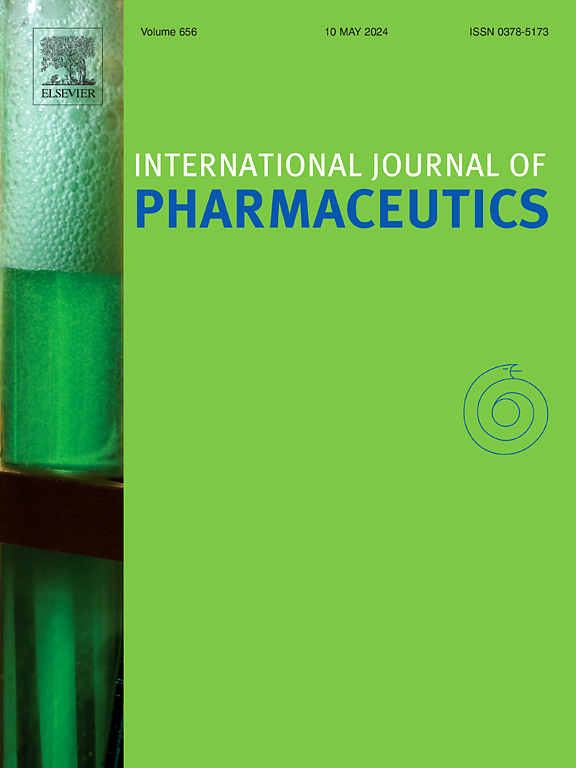Hurdles to healing: Overcoming cellular barriers for viral and nonviral gene therapy
IF 5.3
2区 医学
Q1 PHARMACOLOGY & PHARMACY
引用次数: 0
Abstract
Gene delivery offers great potential for treating various diseases, yet its success requires overcoming several biological barriers. These hurdles span from extracellular degradation, reaching the target cells, and inefficient cellular uptake to endosomal entrapment, cytoplasmic transport, nuclear entry, and transcription limitations. Viruses and non-viral vectors deal with these barriers via different mechanisms. Viral vectors, such as adenoviruses, adeno-associated viruses, and lentiviruses use natural mechanisms to efficiently deliver genetic material but face limitations including immunogenicity, cargo capacity, and production complexity. Nonviral vectors, including lipid nanoparticles, polymers, and protein-based systems, offer scalable and safer alternatives but often fall short in overcoming intracellular barriers and achieving high transfection efficiencies. Recent advancements in vector engineering have partially overcome several of these challenges. Ionizable lipids improve endosomal escape while minimizing toxicity. Biodegradable polymers balance efficacy with safety, and engineered protein systems, inspired by viral or bacterial entry mechanisms, integrate multifunctionality for enhanced delivery. Despite these advances, challenges, particularly in achieving robust in vivo translatability, scalability, and reduced immunogenicity, remain. This review synthesizes current knowledge of cellular barriers and the approaches to overcome them, providing a roadmap for designing more efficient gene delivery systems. By addressing these barriers, the field can advance toward safer, and more effective therapies.

求助全文
约1分钟内获得全文
求助全文
来源期刊
CiteScore
10.70
自引率
8.60%
发文量
951
审稿时长
72 days
期刊介绍:
The International Journal of Pharmaceutics is the third most cited journal in the "Pharmacy & Pharmacology" category out of 366 journals, being the true home for pharmaceutical scientists concerned with the physical, chemical and biological properties of devices and delivery systems for drugs, vaccines and biologicals, including their design, manufacture and evaluation. This includes evaluation of the properties of drugs, excipients such as surfactants and polymers and novel materials. The journal has special sections on pharmaceutical nanotechnology and personalized medicines, and publishes research papers, reviews, commentaries and letters to the editor as well as special issues.

 求助内容:
求助内容: 应助结果提醒方式:
应助结果提醒方式:


